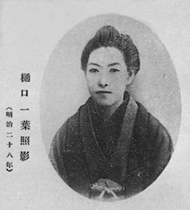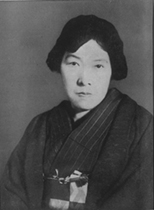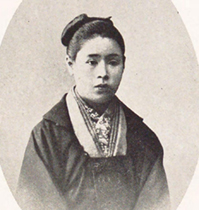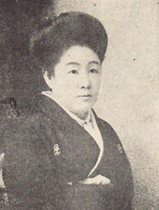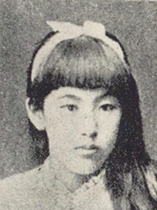Epoch-making Japanese female authors
Starting with Genji monogatari or Makurano soshi, both of which were written in the middle of the Heian period (early 11th century), women’s literature in Japan has a long history. However, after the fall of the aristocracy and the rise of warrior society, which valued male-dominated patriarchy, instead, women’s literature stagnated. It was in the Meiji era (1868-1912) that the door to literature was opened again to women.
It would be hard to claim that women had equal educational opportunities as men and instantly became active as professional writers even after entering the age of Bunmei-kaika (cultural enlightenment). HIGUCHI Ichiyo or YOSANO Akiko are likely mentioned the most in school textbooks today as female authors of the Meiji era.
But recently, there has been an ongoing evaluation of female authors who struggled as pioneers before Higuchi or Yosano’s success. Among them were such authors as KISHIDA Toshiko (NAKAJIMA Shoen), who was also an activist for civil freedom and rights, and SHIMIZU Shikin, another activist who wrote Koware Yubiwa, considered to be the first feminist novel in Japan. MIYAKE Kaho wrote Yabu no uguisu, considered to be the first modern novel written by a Japanese female author, and KIMURA Akebono wrote Fujo no kagami, in which she depicted a progressive woman and shocked Japanese society. Both MIYAKE and HIGUCHI were fellow pupils at NAKAJIMA Utako’s private school for tanka (Japanese poems of 31 syllables), and MIYAKE’s success as an author inspired HIGUCHI to make a living by writing. In a short period of time, HIGUCHI published masterpieces such as Nigori-e and Takekurabe, depicting the difficulties and sorrows of being a woman in society, and drew attention in the literary world. YOSANO, who appeared soon after HIGUCHI, published poems that freely celebrated the sensuality of women. She had a great impact on the women’s liberation movement.
It was in the early 1900’s that the situation of female authors only appearing sporadically changed. The first Japanese women’s literary magazine Seito (Blue Stocking), edited by HIRATSUKA Raicho was published in 1911. Many female authors active at that time, including HASEGAWA Shigure, OKADA Yachiyo, TAMURA Toshiko, and NOGAMI Yaeko, as well as YOSANO, came together in Seito. The magazine helped to boost women’s literature and also had a great impact on the women’s liberation movement.
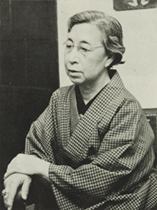
HIRATSUKA Raicho
1886 - 1971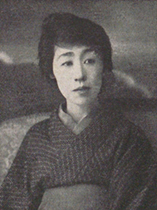
HASEGAWA Shigure
1879 - 1941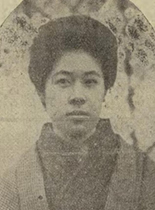
OKADA Yachiyo
1883 - 1962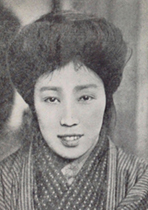
TAMURA Toshiko
1884 - 1945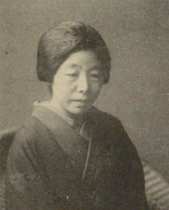
NOGAMI Yaeko
1885 - 1985
Seito itself ended after a short period of time, but the magazine Nyonin geijutsu (Women’s Art) (the second edition) was launched in 1928, mainly by women involved in Seito, including HASEGAWA Shigure. In addition to HIRABAYASHI Taiko, who drew attention as a proletarian author with her Seryoshitsu nite, OKAMOTO Kanoko, SATA Ineko and MIYAMOTO Yuriko were major contributors to Nyonin geijutsu. Furthermore, the magazine also became a gateway to success in the literary world for new female writers. Among the young writers were HAYASHI Fumiko, the author of Horo-ki, who was famous for the phrase "I am a vagrant by fate" and ENCHI Fumiko, who was known for her works based on classics.
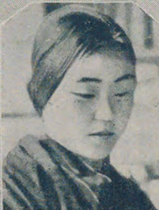
HIRABAYASHI Taiko
1905 - 1972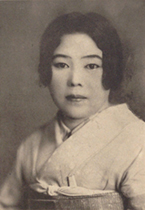
OKAMOTO Kanoko
1889 - 1939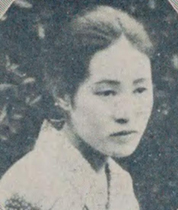
SATA Ineko
1904 - 1998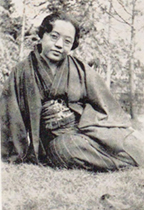
MIYAMOTO Yuriko
1899 - 1951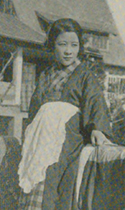
HAYASHI Fumiko
1903 - 1951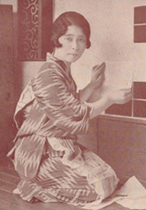
ENCHI Fumiko
1905 - 1986
Nyonin geijutsu ceased publication in 1932, but women’s literary magazines provided a place for self-expression and solidarity for female authors excluded from the literary world at the time, and opened the way to an era like today in which many female authors can be active.

